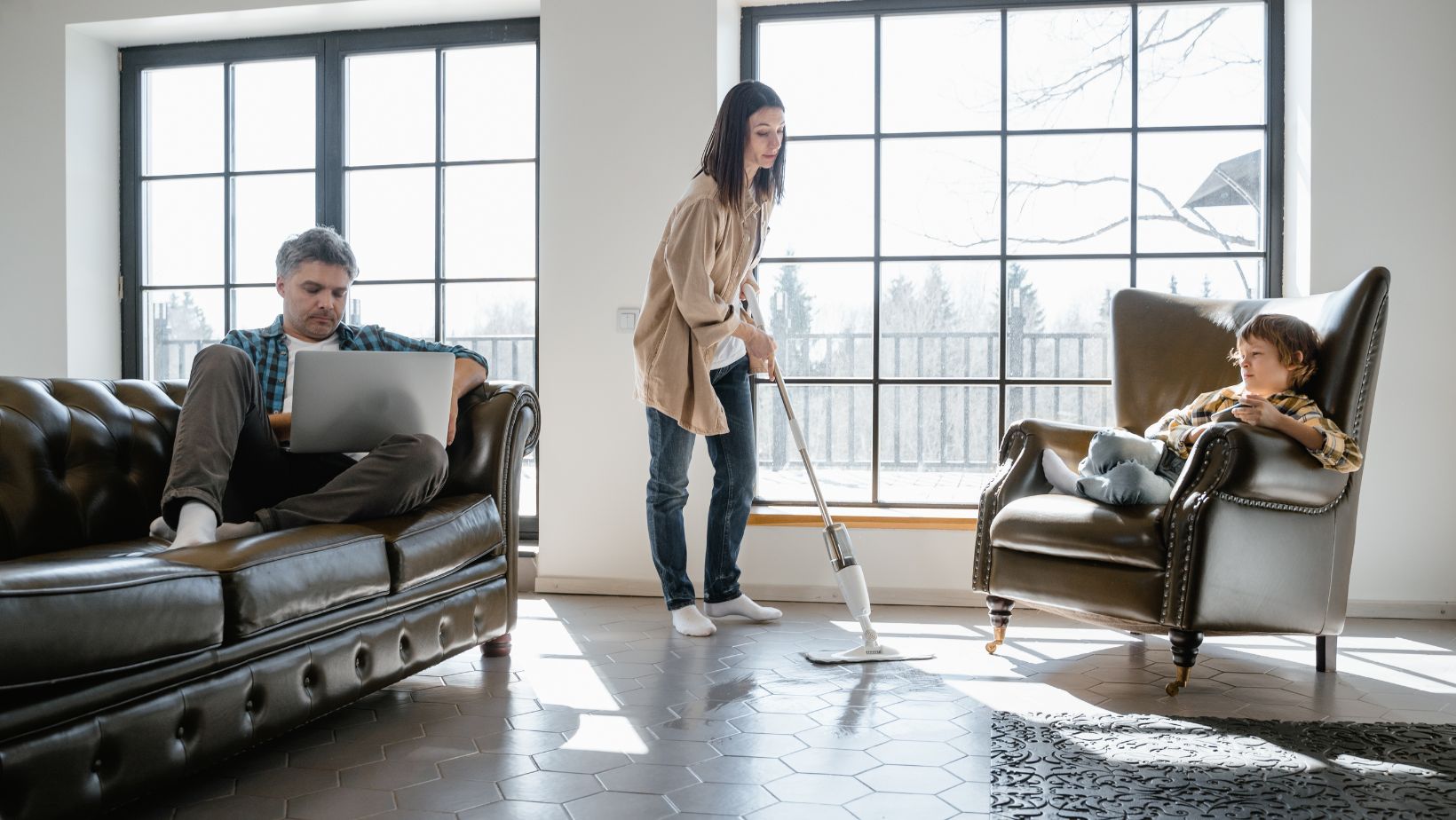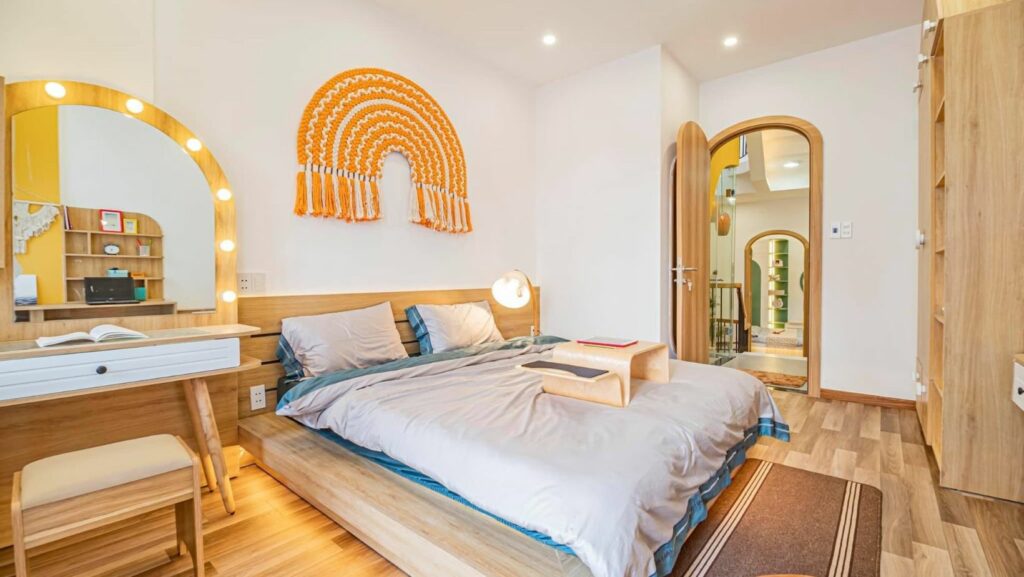Your sofa isn’t just another piece of furniture – it’s the backbone of your entire living space. Whether you’re designing a room from scratch or updating an existing one, starting with the sofa ensures everything else falls into place. It sets the tone for traffic flow, lighting, scale, and even your color palette.
Instead of working around the wrong piece, here’s how to make your sofa the true starting point.
Key Takeaways
- Start with function: lounging, entertaining, sleeping, or all of the above.
- Let your sofa dictate layout, not the other way around.
- Match rugs, lighting, and accent furniture to your sofa’s form and size.
- Build around your sofa’s palette to unify the room.
- Consider custom options if your space needs more than a standard fit.
Why the Sofa Comes First
Your sofa is the largest item in your living room – and usually the most used. It affects how you walk through the space, where the focal point sits, and how people interact in the room.
By making it your first decision, you avoid design regrets like:
- Rugs that are too small
- Side tables that don’t fit the layout
- Wall art that clashes with upholstery
- Seating that doesn’t match how you actually use the space
Match Sofa Function to Your Lifestyle
Before you even think about fabric or color, ask yourself what the sofa needs to do:
- Entertainers need seating that encourages conversation.
- Families need durable, deep-seated sectionals with washable covers.
- Small space dwellers may need sleeper sofas or modular layouts.
- Design-forward users might prioritize silhouette or leg styles.
Start with your lifestyle and work backward from there. That clarity will influence everything else – from the size to the setup to the shade.
Let the Sofa Define the Layout
Once you’ve locked in your sofa, the rest of the layout flows naturally:
- Place side tables and chairs based on the sofa’s arms and height.
- Choose lighting that enhances your main seating zone – not just corners.
- Pick a rug that grounds the entire setup (ideally with all front sofa legs on the rug).
Trying to reverse-engineer layout around a rug or accent table usually leads to awkward spacing. When your sofa is the anchor, proportion and balance come effortlessly.
Build the Room’s Color Story From the Couch Out
Your sofa’s upholstery is a powerful palette setter. Whether it’s warm beige, sage green, or dramatic charcoal, it gives you a direction for:
- Throw pillows and blankets
- Wall paint or wallpaper
- Curtains or blinds
- Artwork and accessories
Working in layers that echo your sofa’s color and texture creates cohesion – not chaos.

If It Doesn’t Fit, Go Custom
Pre-boxed sofas rarely fit real-life rooms. Maybe your space is narrow, has a weird corner, or needs a very specific depth for comfort. If that’s the case, it’s worth going custom from the start.
That’s where a brand like DreamSofa comes in. Their made-to-order sectionals can be tailored down to the inch – arm style, cushion firmness, leg height, and fabric included. The result? A piece that fits your space perfectly and gives the rest of the room a clear direction to follow.
Frequently Asked Questions
What’s the ideal order for furnishing a living room?
Start with the sofa. It sets the tone for layout and scale. Follow with rugs, then lighting, accent furniture, and finally accessories.
What size rug should I use under a sofa?
Ideally, your rug should be large enough that the front legs of the sofa (and any chairs opposite) rest on it.
How do I choose a sofa color that works with the rest of the room?
Pick a versatile neutral or a tone you love long-term. Then layer in complementary colors through art, pillows, or throws.
Should I place my sofa against the wall?
Not always. In open spaces, floating a sofa can define a seating area more effectively. Just be mindful of traffic flow.
What’s the best sofa for small living rooms?
Modular or armless sofas with a lower profile tend to work best. Look for compact depths (32–36 inches) or corner units that maximize every inch.
When is a custom sofa worth the investment?
If your room has unusual dimensions or you have specific ergonomic needs, a custom sofa can solve problems off-the-shelf furniture can’t.
What’s a good layout if I entertain often?
Sectionals with open chaises or U-shaped configurations allow people to face each other and interact more naturally.

